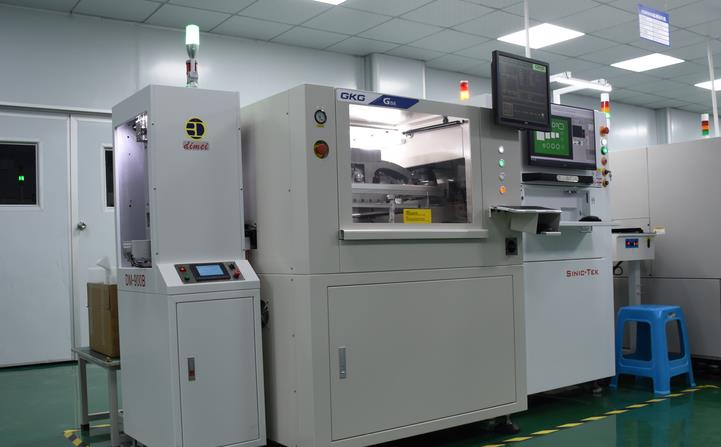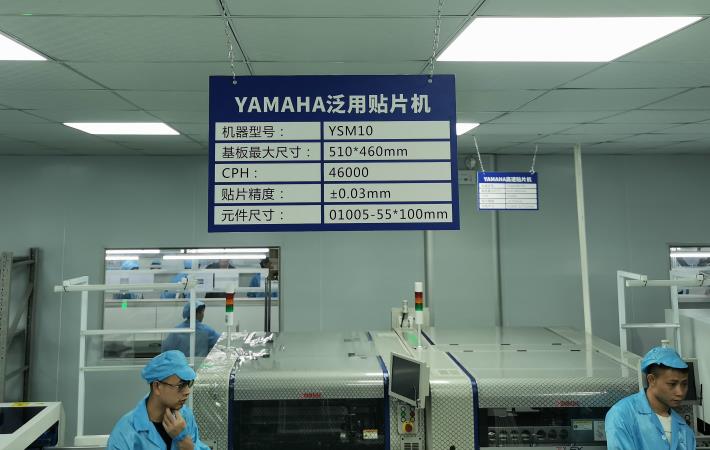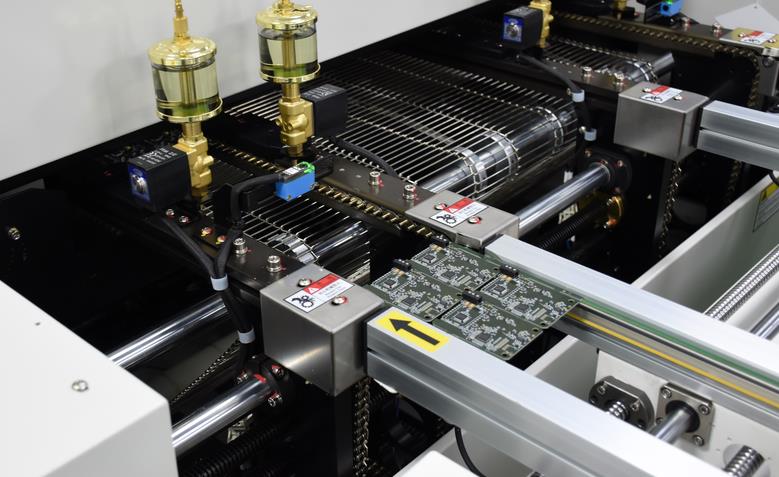What is DFM?
DFM is an important part of DFX and is particularly widely used in electronic product design and assembly manufacturing. William H. Cubberly and Raman Baker Jian explained this in their book "Handbook for Process and Manufacturing Engineers": "DFM mainly studies the physical design of products and the interrelationships between various parts of the manufacturing system, and applies it to product design to integrate the entire manufacturing system for overall optimization. DFM can reduce the development cycle and cost of products, making them more smoothly put into production." By using this method, we can reduce costs, shorten the time it takes for products to enter the market, improve product quality, enhance product manufacturability, shorten production time, and improve work efficiency.

DFM is not just a set of standardized usage and design checks! DFM manages cross departmental system activities through processes and standards, as well as utilizing technology integration concepts! The design here includes product design, development process, and system design. In product design, not only should functional and performance requirements be considered, but also factors related to the entire lifecycle of the product, including manufacturability, efficiency, and economy, should be considered simultaneously.
The connotation of Design for Manufacturability (DFM) is the design of components or products that meet the design/processing/manufacturing conditions necessary for the maximum benefit of the product, as well as all external conditions that affect or support it.
Tags: DFM /
Prev: What is DFX and what are the main contents of DFX
Next: Guidelines for rework and repair (electrical assembly repair, secondary welding) in PCBA processing







